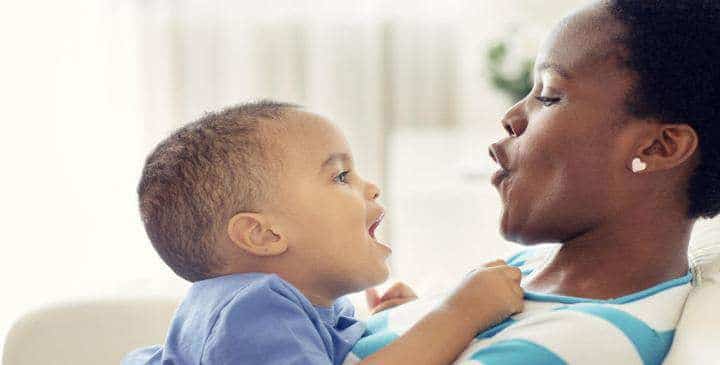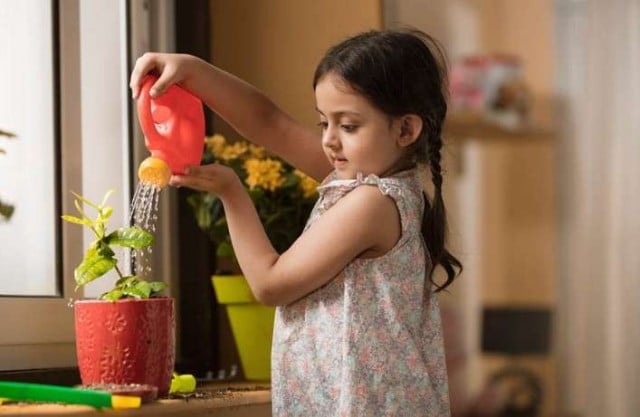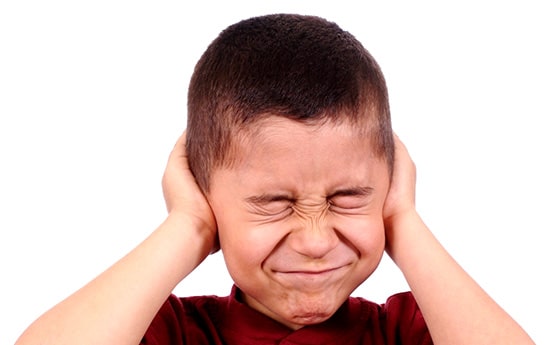Tips for Traveling

Practice makes progress!Practice visiting similar places in advance.Show your child pictures and videos of where you will go.Talk about the trip in the weeks prior to departure.Use a timer to practice for waiting.Contact guest services in advance!Many theme parks, airlines, and hotels will provide special accommodations for your child.Prepare for sensory issues, special diets, limit waiting time, etc.Provide choices!Let your child help to choose toys and snacks to bring with them.Let them choose which seat they will sit in or whose hand they will hold.Allow your child to take a break from the activity if they need to.Prepare for sensory concerns!Pack noise cancelling headphones/earplugs.On the plane choose seats towards the front for less noise.Bring a variety of fidget toys for your child to hold.Prepare to board first to avoid the crowds.Safety first!Consider having your child wear an ID tag/tattoo/shirt, etc. in case they get lost.Wearable GPS trackers can be helpful if…
Children & Technology

Our children are born in a world where television shows can be watched any time they want on multiple devices around the house. Tablets, computers, & smartphones are accessible to even the most economically challenged families. The overwhelming options can be difficult for parents to navigate as they raise their family. Risks of too much media & technology use include negative health effects on weight & sleep, exposure to content that is inappropriate & issues of confidentiality. According to the American Association for Pediatrics, families should avoid digital media use (except video-chatting) in children younger than 18 to 24 months. For children ages 18 to 24 months of age, if you want to introduce digital media, choose high-quality programming & use media together with your child. Avoid solo media use in this age group. For children 2 to 5 years of age, limit screen use to 1 hour per day of…
Identifying language delays in young children

Children develop language skills at different times. Language development can also depend on a variety of factors including: their natural ability to learn language, other skills that they are learning at the same time, how much talking they hear during the day and what kind of response is given to when they do speak or attempt to speak (“Late Blooming or Language Problem?”)
According to the American Speech-Language-Hearing Association (ASHA), there are several risk factors to consider when analyzing a potential learning delay
Promoting Independence

Independence is a valuable part of our daily routines and significantly enhances the quality of life. Even at young ages, a child should be encouraged to develop independent living skills . As a children’s motor and cognitive skills increase, their ability to complete these tasks also increases. By fostering independence in a child’s early years, parents can help make daily living skills become part of a routine rather than a difficult chore. To accomplish this goal, parents can encourage their children by creating opportunities, providing choices, and reinforcing behavior.
Valentine’s Day Sensory Bin

Sensory bins are such a inexpensive and fun activity you can do with your children during holidays. Toddler and preschool age children benefit from the different activities that can be incorporated with them. They are also very popular for children with special needs or developmental delays. Who doesn’t love an activity that is fun and encourages your child to learn at the same time? The best part is that you can buy everything that you need at a dollar store!
Vestibular Sensory Processing

What is Vestibular Sensory Processing?
The vestibular system is responsible for receiving information as the body moves through its environment. Located within the inner ear, the vestibular system receives sensory information from head movement and gravity to maintain balance, equilibrium and movement through space. Movement and balance is necessary for children to explore their environment. It is also important in the development of emotional security and confidence. For children, vestibular movement can include running, jumping, swinging, or spinning. If a child is hyperresponsive to vestibular input, they will often avoid too much movement because it makes their body feel unbalanced and insecure. If a child is hyporesponsive to vestibular input they may seek excessive amounts of movement that could be considered unsafe at times.
Halloween Crafts!

Here are some more great crafts from Whats Up Moms. These are activities are all Halloween themed. The ghost mud is great for sensory play. It will open your child up to a new and gooey texture while staying clean at the same time. Who doesn’t love a craft that is fun and clean! Just make sure to do the activity outside or have a drop sheet on the ground for easy clean up! The spider web craft is great for enhancing fine motor skills while being festive for the holiday at the same time. Your child will be so excited to make decorations to hang up for everyone to see that they won’t even realize they are doing an activity that is a source of therapy. I hope you enjoyed these activities. Happy Halloween!
Robot Therapy

Some children with autism have difficulty with social and emotional cues from others. Milo is a robot that was created by RoboKind that is a new tool in helping children with autism learn about these cues. One of the main reasons that Milo works so well is because of the engagement that the child has with him in the activities. The robot takes away the anxiety and pressure that the child feels when interacting with a human.
Toys as Learning Tools

With the holiday season around the corner, many families will be thinking about new toys for their toddlers and preschoolers. Toys have the opportunity to be learning tools and can help grow speech and language skills. However, for these toys to support language, caregivers must facilitate the language. Below are some of my favorites, along with skills your child can learn from playing with these toys.
Tummy Time

Tummy time, tummy time, tummy time! Parents hear it and are aware of it but only some practice it with their little ones. There is no magic number of times to practice tummy time throughout the day but the more the better. For example, incorporating time throughout your daily routines such as after every diaper change.



